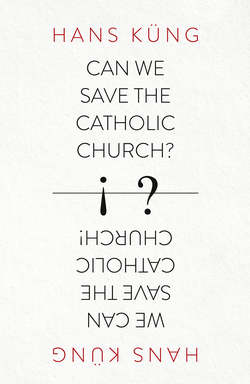Читать книгу Can We Save the Catholic Church? - Hans Kung - Страница 18
The Fourth Fever Attack: Conflicts within the Top Echelons of Church Leadership
ОглавлениеThe Archbishop of Vienna, Cardinal Christoph Schönborn, a former doctoral student of Ratzinger and his protégé since the latter was a cardinal, asserted that the then Cardinal Secretary of State Angelo Sodano had been responsible for ensuring that proceedings against the child-abusing Cardinal Hans Hermann Groër, Schönborn’s predecessor in Vienna, had been blocked for a long time, even though the Austrian Conference of Bishops had declared that it was ‘morally certain’ of Groër’s guilt. Although the paedophile cardinal resigned in 1995, he was still permitted to attend Cardinal Schönborn’s installation ceremony in Rome in full regalia. No condemnation of Hermann Groër occurred before his death in March 2003. But it was clear that Schönborn’s public criticism of Cardinal Sodano and his moderate comments on priestly celibacy and homosexuality had provoked more ire in the Vatican than the misdeeds of Groër. At all events, Cardinal Schönborn was ordered to Rome, and, in Austria, his trip was generally interpreted as an act of self-abasement. After a private talk between the four of them (Cardinal Secretary of State Bertone had also been invited), a press statement was issued expressing no criticism of Sodano whatsoever but culminating instead in the assertion that criticizing the behaviour of cardinals was solely within the purview of the pope. Why? And since when? Clearly, ‘reasons of state’, or better ‘reasons of the Church hierarchy’, were behind this unprecedented humiliation of the Archbishop of Vienna. Whether, as the press release suggested, Benedict’s ‘great affection’ for Austria and his invocation of the ‘heavenly protection of the Virgin Mary, so highly venerated in Mariazell’ would pave ‘the way for a renewal of the Church community’ is more than questionable. Nevertheless, the mere fact that Cardinal Schönborn had dared to voice such open criticism of one of the most powerful men within the Roman Curia was viewed positively in Austria.
